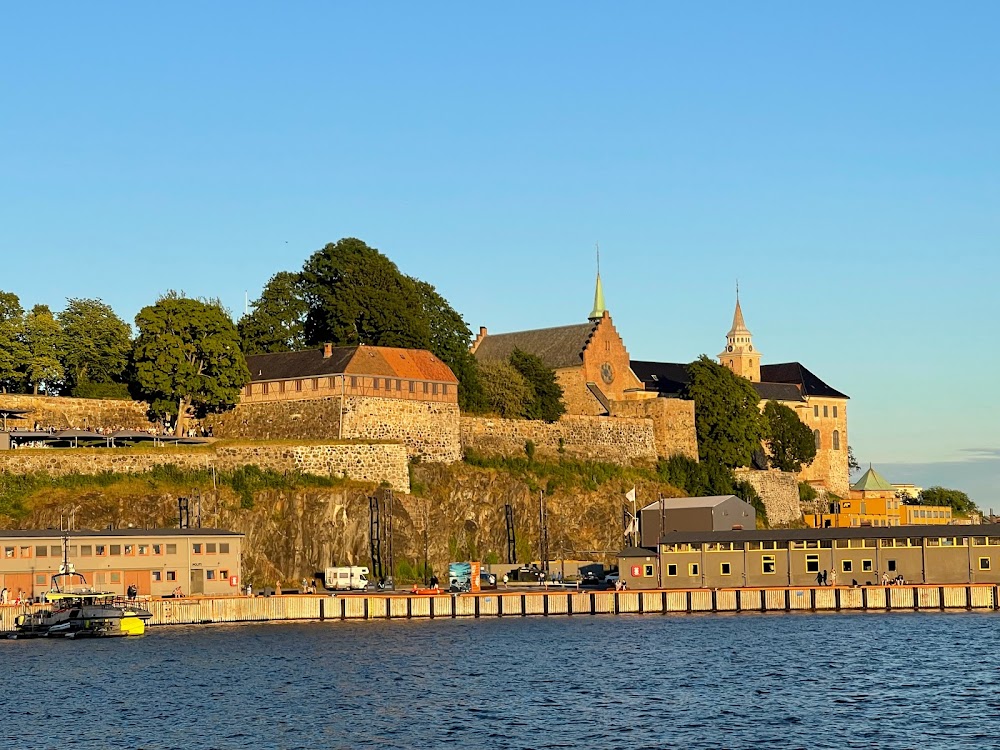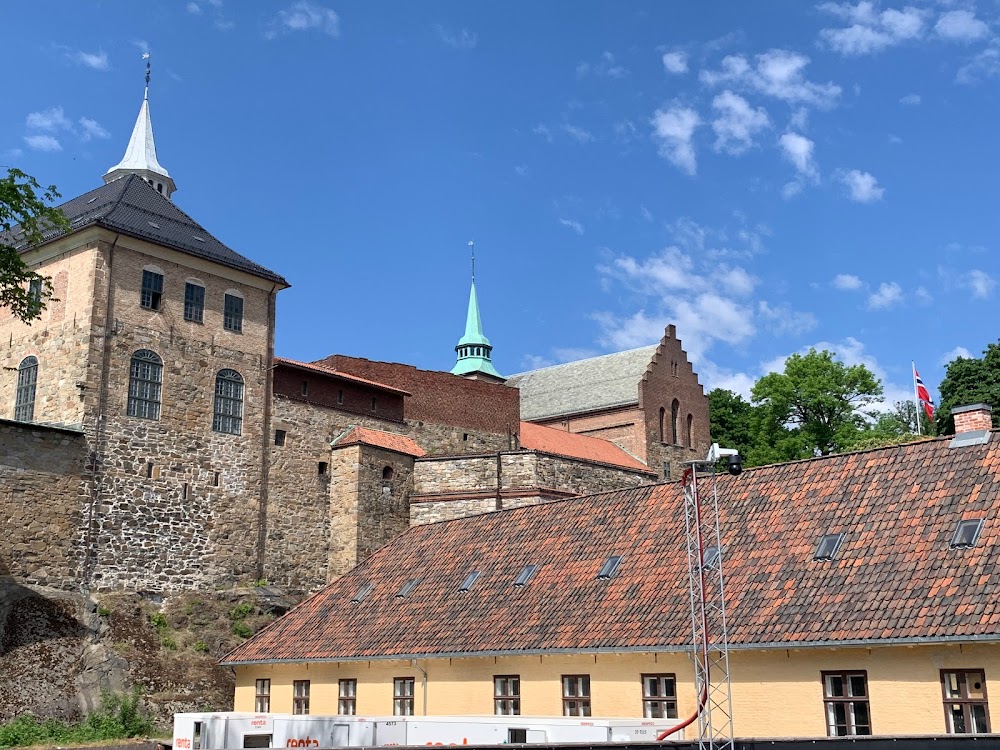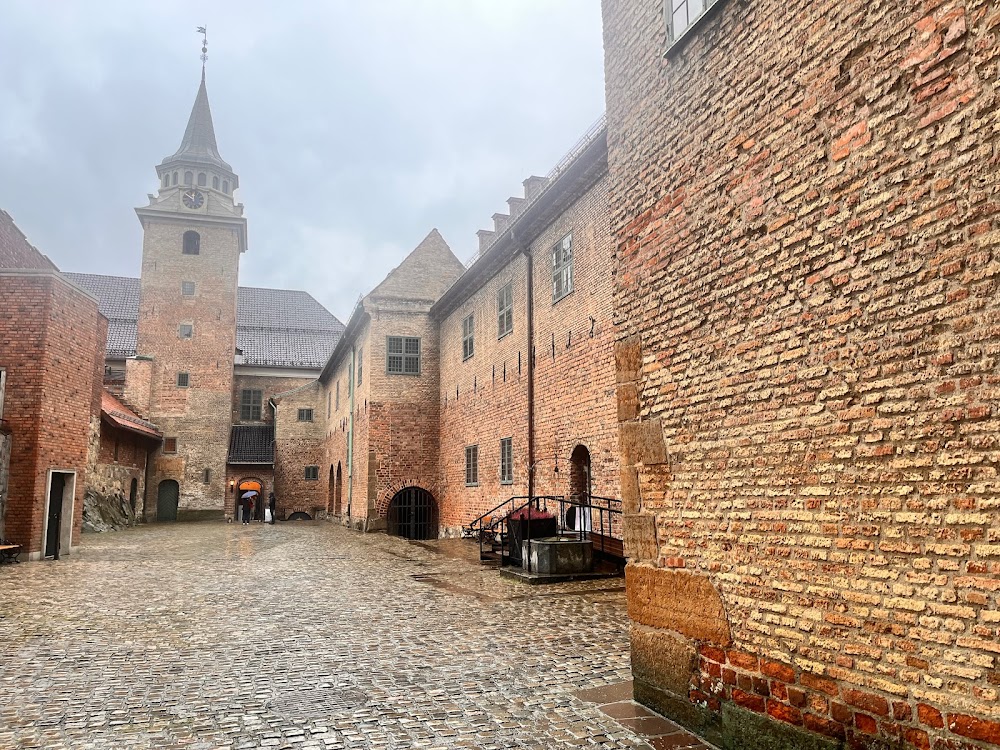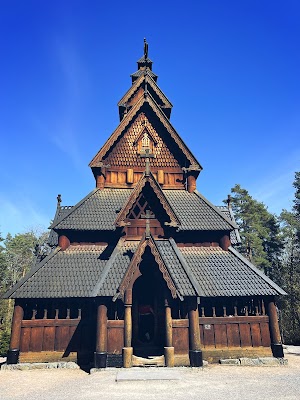Akershus Fortress (Akershus Festning)
Overview
Akershus Fortress, nestled in the heart of Oslo, Norway, stands as a majestic symbol of the nation's rich history and architectural prowess. This formidable fortress boasts a story that spans over 700 years, reflecting the medieval, Renaissance, and modern epochs within its stone walls.
Historical Significance
The construction of Akershus Fortress began in the late 1290s under the reign of King Håkon V. Faced with numerous threats, King Håkon envisioned the fortress as a defensive stronghold to protect Oslo and its strategic interests. Positioned strategically by the Oslofjord, it offered a commanding vantage point to ward off invaders arriving by sea. Initially designed with medieval architectural principles, the fortress featured high towers and thick walls to ensure maximum defense. Although the first phase of construction concluded around 1306, the fortress was continually expanded and enhanced over the ensuing centuries.
Renaissance Renovations
In the early 17th century, during the reign of King Christian IV, Akershus Fortress underwent significant renovations aimed at modernizing its structure and transforming it into a Renaissance château. Under his directive, elegant halls, dining rooms, and residential quarters were added, reflecting a blend of functionality and royal sophistication. Further construction efforts in the 17th and 18th centuries introduced new bastions and ramparts, fortifying the complex against increasing artillery threats, making Akershus one of the premier stronghold fortresses in Northern Europe. Notable bastions, named after Danish kings, showcase the era's military architectural advancements.
Multi-functional Role
Over the years, the fortress has served various roles—defensive structure, royal residence, prison, and military base. During the 18th and 19th centuries, parts of Akershus were repurposed to house inmates, including some of Norway's most notorious prisoners held in its dungeons. By the early 1900s, the fortress solidified its military role as the headquarters for the armed forces.
World War II and Resistance
World War II marked a dark chapter in the fortress’s history when it was occupied by Nazi Germany. During this time, the fortress was used as a prison for Norwegian resistance fighters, some of whom were executed on its grounds. Today, the memory of these courageous individuals is honored with various memorials throughout the complex, serving as a poignant reminder of their sacrifices.
Preservation and Museums
Post-World War II, Akershus Fortress has been preserved as a significant historical and cultural landmark. It now houses several museums, including the Norwegian Armed Forces Museum and the Norwegian Resistance Museum, which keep alive the memory of Norway's military history and resistance efforts during the Nazi occupation. Extensive restoration work in the late 20th and early 21st centuries has aimed to preserve the fortress’s historical integrity while making it accessible to the public.
Visitors can explore the storied halls, corridors, and fortifications that have witnessed centuries of Norwegian history. With its blend of medieval defenses and Renaissance luxury, Akershus Fortress epitomizes Norway's resilience, heritage, and architectural innovation. This iconic landmark continues to attract history enthusiasts and tourists alike, offering a unique glimpse into the nation's illustrious past while standing magnificently overlooking the beautiful Oslofjord.









